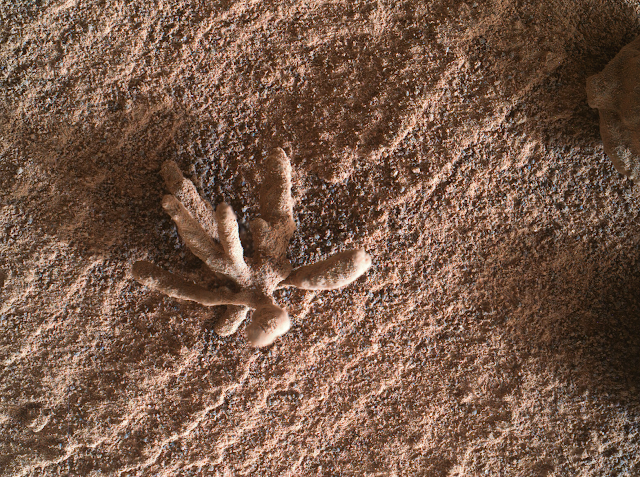National Reconnaissance Office NROL-87 Mission | SpaceX
This was the first launch and landing of this booster, which will be prepared for re-flight on another National Reconnaissance Office (NRO) mission later this year. NROL87 was NRO's 60th launch since 1996.
"When the United States needs eyes and ears in critical places where no human can reach—be it over the most rugged terrain or through the most hostile territory—it turns to the National Reconnaissance Office (NRO). The NRO is the U.S. Government agency in charge of designing, building, launching, and maintaining America’s intelligence satellites. Whether creating the latest innovations in satellite technology, contracting with the most cost-efficient industrial supplier, conducting rigorous launch schedules, or providing the highest-quality products to our customers, we never lose focus on who we are working to protect: our Nation and its citizens."
"From our inception in 1961 to our declassification to the public in 1992, we have worked tirelessly to provide the best reconnaissance support possible to the Intelligence Community (IC) and Department of Defense (DoD). We are unwavering in our dedication to fulfilling our vision: Supra Et Ultra: Above and Beyond."
Learn more about the National Reconnaissance Office (NRO):
"The U.S. Space Force defends our country and freedom to operate in space, keeping it secure, stable and accessible for military space power and new waves of innovation.
Once the new frontier, it now defines our daily lives and ways of war—on air, land and sea. From GPS to strategic warning and satellite communications, we defend the ultimate high ground."
Learn more about the US Space Force:
Credit: Space Exploration Technologies Corp. (SpaceX)
Image Date: February 2, 2022
#NASA #SpaceX #NRO #Reconnaissance #Satellite #GPS #Navigation #Intelligence #Military #Security #Defense #DoD #AboveandBeyond #SpaceForce #SpaceForceDoD #AirForce #Science #Technology #Engineering #Vandenberg #California #UnitedStates #STEM #Education





























